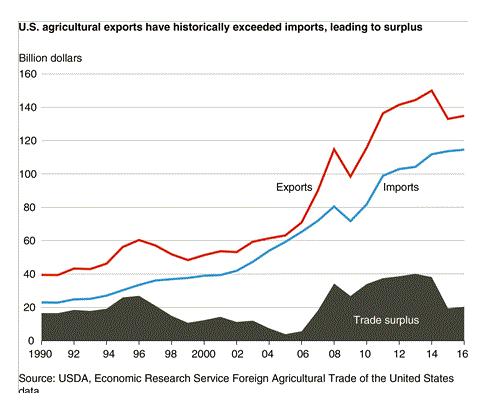Global Meat News on the meat market in China
This is a collection of articles on the Chinese market for meat from the daily industry newsletter, Global Meat News.
Special Edition: Focus on China
China has been the highlight of the international meat market this year in terms of re-igniting unexpected relationships for trade access and its continuous clashes with the US market. With the Asian sector ramping up its global position, will we see China dominate the meat market in years to come?
- China lift on British beef ban to ‘unlock UK agriculture’s full potential’: China has today (27 June) made a landmark decision to lift the ban on UK beef exports for the first time in 20 years… Read
- NAMI welcomes additional China beef export facilities: The US meat industry has welcomed US Department of Agriculture’s (USDA) efforts to secure approval for 20 additional facilities that are now eligible to export beef to China… Read
- US pork could lose $2.2 billion a year due to China trade war: The National Pork Producers Council (NPPC) has called for a swift resolution of the United States-China trade dispute, in the hopes of paving the way for increased US pork exports… Read
- China and France reach beef agreement: China has signed an agreement to import beef from France… Read
- USDA reassures farmers that Trump will resolve China trade war: The US Department of Agriculture secretary Sonny Perdue believes Donald Trump will defend national interests for farmers following the country’s ongoing trade war with China… Read
- Irish beef given China approval: Irish companies have been given approval to export beef to China… Read
- China poultry equipment sector to be hit by new Trump USA tariffs: America’s pork exporters will be counting the cost of new 25% tariffs announced on Saturday (16 June) by the Customs Tariff Commission of the State Council of China, on US-made meat and poultry exports… Read
- Ukraine and China take steps towards trade deal for poultry meat: Representatives from the Ukraine and China have signed a document to promote mutual trade in poultry meat… Read
- China set to visit Brazil to inspect 84 slaughterhouse refrigerators: Brazil’s Ministry of Agriculture, Livestock and Food Supply has revealed that Asian veterinarians from China will visit the South American country at the end of May to review 84 slaughterhouse refrigerators… Read
- US beef sector unsettled by threat of Chinese duties: US beef industry representatives are voicing consternation over the Chinese Government’s announcement that the country is preparing retaliatory sanctions against beef exports as part of its escalating trade war with the USA… Read





